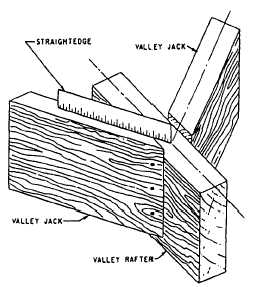Table 2-1.-Recommended Schedule for Nailing the Framing and Sheathing of a Wood-Frame Structure—Continued
size nails used in roof framing erection. Each crew-
top edge of the jack should contact the centerline of the
member on the scaffold then end-nails the ridge to the
end of the rafter. They then toenail the other rafter to the
ridge and to the first rafter with two 10d nails, one on
each side of the rafter.
Temporary braces, like those for a wall, should be
set up at the ridge ends to hold the rafter approximately
plumb, after which the rafters between the end rafters
should be erected. The braces should then be released,
and the pair of rafters at one end should be plumbed with
a plumb line, fastened to a stick extended from the end
of the ridge. The braces should then be reset, and they
should be left in place until enough sheathing has been
installed to hold the rafters plumb. Collar ties, if any, are
nailed to common rafters with 8d nails, three to each end
of a tie. Ceiling-joist ends are nailed to adjacent rafters
with 10d nails.
On a hip roof, the ridge-end common rafters and
ridges are erected first, in about the same manner as for
a gable roof. The intermediate common rafters are then
filled in. After that, the ridge-end common rafters
extending from the ridge ends to the midpoints on the
end walls are erected. The hip rafters and hip jacks are
installed next. The common rafters in a hip roof do not
require plumbing. When correctly cut and installed, hip
rafters will bring the common rafters to plumb. Hip
rafters are toe nailed to plate comers with 10d nails. Hip
jacks are toe nailed to hip rafters with 10d nails.
For an addition or dormer, the valley rafters are
usually erected first. Valley rafters are toe nailed with
10d nails. Ridges and ridge-end common rafters are
erected next, other addition common rafters next, and
valley and cripple jacks last. A valley jack should be held
in position for nailing, as shown in figure 2-61. When
properly nailed, the end of a straightedge laid along the
valley rafter, as shown.
TRUSSES
LEARNING OBJECTIVE: Upon completing
this section, you should be able to describe the
types and parts of roof trusses, and explain
procedures for fabricating, handling, and
erecting them.
Roof truss members are usually connected at the
joints by gussets. Gussets are made of boards, plywood,
or metal. They are fastened to the truss by nails, screws,
bolts, or adhesives. A roof truss is capable of supporting
loads over a long span without intermediate supports.
Figure 2-61.-Correct position for nailing a valley jack rafter.
2-38






